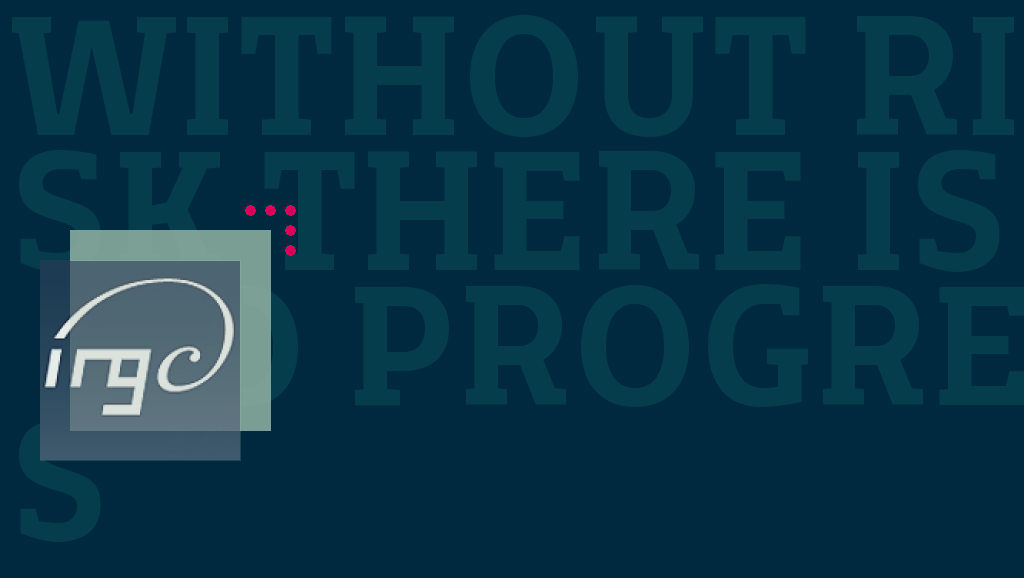“Without risk there is no progress”, and this should be borne in mind when speaking about innovation and responsibility. If we accept the statement above made by the International Risk Governence Council then we must accept that innovation is not a risk free business.
The International Risk Governance Council (IRGC) is an independent foundation based in Switzerland whose purpose is to help the understanding and management of important, emerging global risks that impact on human health and safety, the environment, the economy and society at large by :
- developing concepts of risk governance that have relevance across different risk types, problem areas, organisations and countries
- anticipating major risk issues and improving the understanding and assessment of them and the ambiguities involved ;
- providing policy recommendations to key decision makers in government.
In 2005 they published the White Paper “Risk Governance – Towards an Integrative Approach” and this year published both an introduction to the white paper on their web site and the book “Global Risk Governance – Concept and Practice Using the IRGC Framework” (Springer Academic Publishers 2008), a description of the IRGC’s risk governance framework, critiques of the framework by internationally renowned experts on risk governance, seven case studies which apply the framework to specific risk issues and a chapter in which Ortwin Renn – who leads this area of IRGC’s work – itemises the lessons learned from the various critiques, case studies and experiences of using the framework since its publication.
My interest in the Council is in their interest in the governance of potential nanotechnology risks and the publication earlier this year of the policy brief “Nanotechnology Risk Governance. Recommendations for a global, co-ordinated approach to the governance of potential risk”.
This Policy Brief is targeted at policy makers engaged in the planning, oversight, and funding of nanotechnology regulation, research and practical applications.
In order to distinguish between different types of nanotechnology applications and the benefits and risks that might accompany each type, IRGC has identified four generations of nanotechnology products and production processes. We can divide these into two frames, passive:
- First Generation: Passive (steady function) nanostructures (as from 2000). The main applications are intermediary system components such as particles, wires, nanotubes and nanolayers whose properties allow for improvements to the performance of existing materials and products
And active:
- Second Generation: Active (evolving function) nanostructures and nanodevices (as from 2005). These products can change their state during operation.
- Third Generation: Integrated nanosystems (systems of nanosystems) (After 2010). In this generation, it is anticipated that synthesis and assembly techniques will allow for: forms of multiscale chemical and bio-assembly; networking at the nanoscale; and, scaled, hierarchical structures. In nanomedicine.
- Fourth Generation: Heterogeneous molecular nanosystems (after 2015). The system components and devices are reduced to molecules and supramolecular structures that have specific structures and play different roles within the nanosystem.
In Frame Two, the active frame, new capabilities are expected to be developed to both create new molecules by design and change the structure of the existing molecules; together with their increased complexity and dynamic behaviour, this could directly increase the risks associated with these active nanomaterials and nanodevices. The active and more complex nanotechnology applications of Frame Two may, therefore, require a far greater level of knowledge and ability to control nanostructure behaviour and to assess potential risks. Additionally, a large number of the potential Frame Two applications involve genuinely new products and the social, economic and political consequences are expected to be more transformative. This greater level of novelty could, IRGC has concluded, heighten the potential for societal concern.
The risks outlined are the following:
Human health risks
Environmental risks
Manufacturing risks
Political and security risks
Educational gap risk
Human misuse
Governments, industry, academia and NGOs worldwide are looking for the best risk assessment, management and governance practices with respect to nanotechnology.
However, innovation in the field of nanotechnology development is far ahead of the policy and regulatory environment, which is fragmented and incomplete at both the national and international levels. IRGC has identified several areas of governance gaps that ideally should be addressed in a coordinated fashion at the international level.
These deficits include:
Environmental, health and safety
Institutional issues
Social and political issues
This document raises some critical issues and an appendix detailing how to apply the IRGC risk governance framework to nanotechnologies. It raises a lot of questions about the unexpected or seen but unprepared for effects upon society of nanotechnology developments raising the obvious ethical concerns and questions of responsibility.
















